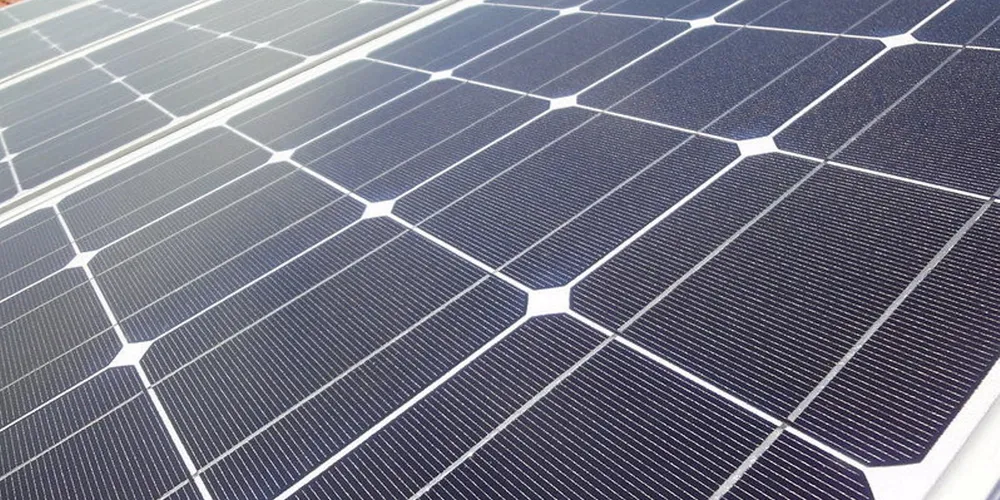Solar and energy storage to dominate US power installs through 2023 as wind flags: EIA
Utility PV to account for half of 85GW of planned generating capacity nation forecast to deploy, with 60% paired with battery-banks, according to Energy Information Administration
